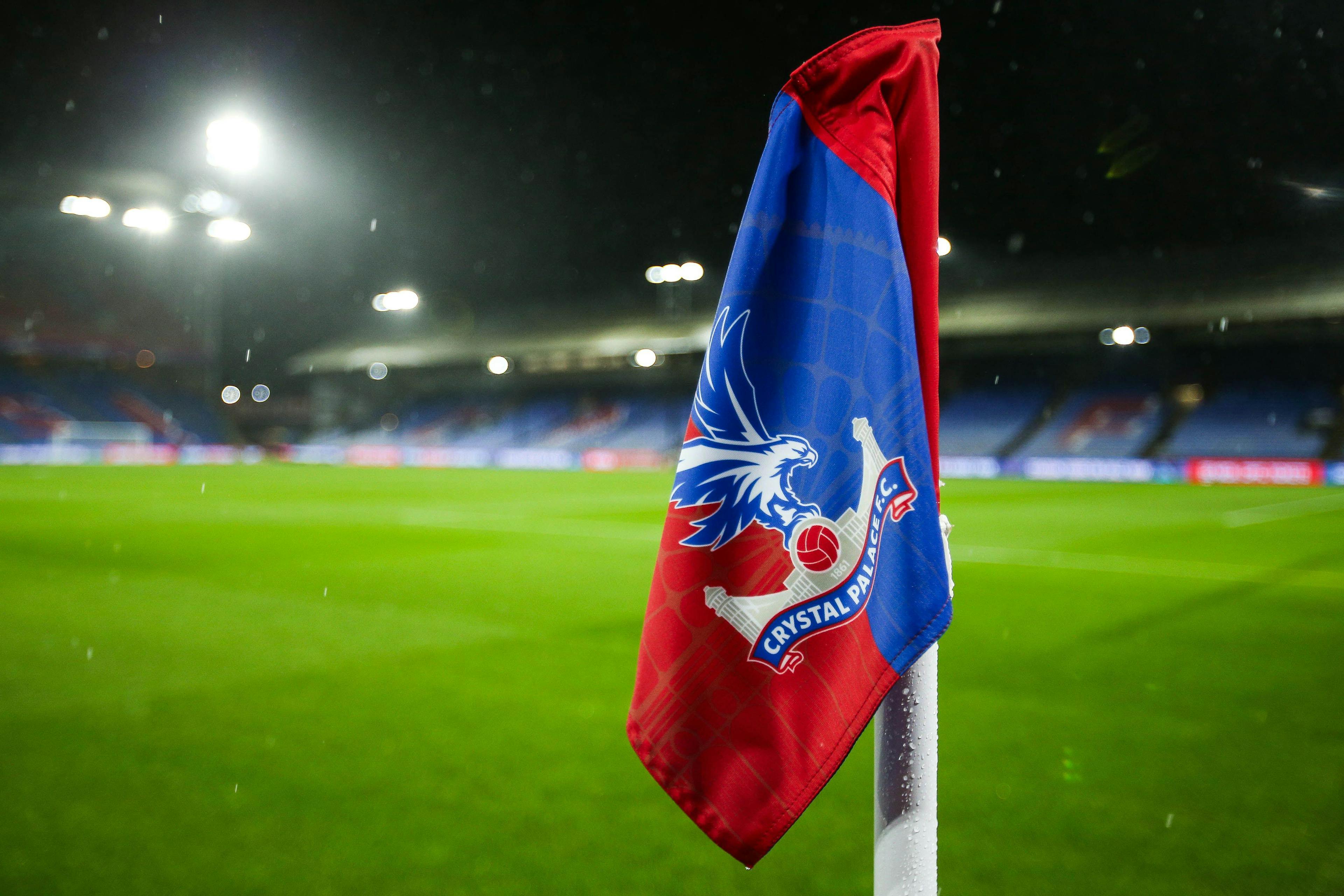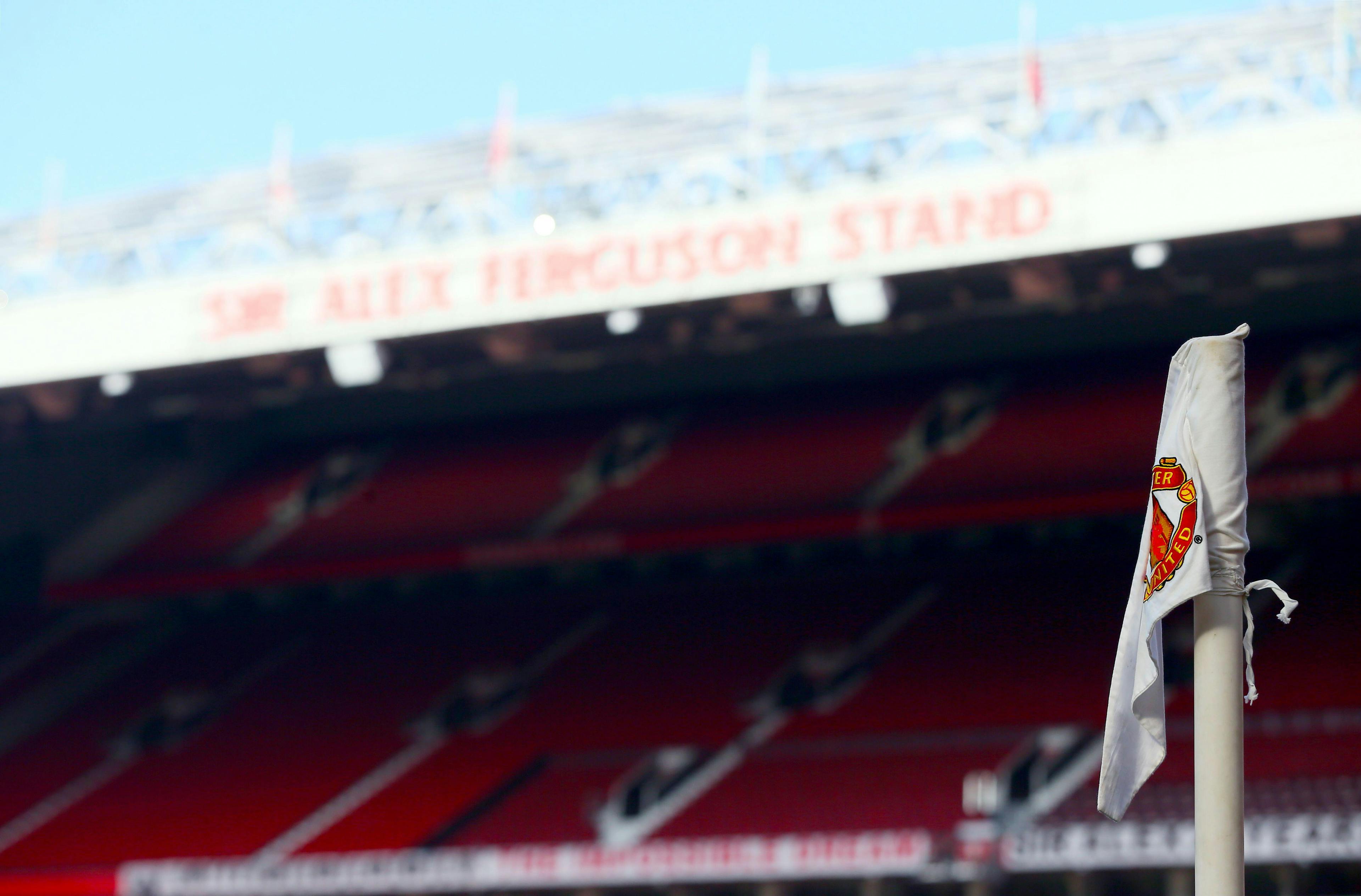Stay up-to-date with all the latest football news. We cover transfers, predictions, analysis, betting statistics, and much more.
Bet Slip
NEWS, PREVIEWS & PREDICTIONS
Latest Football News & Previews
Latest News

Football Accumulator Tips: Al Hilal, Dundee United & Hoffenheim All Feature
Here we take a look at football accumulator tips for Thursday's action, with this one being a 7/1 shot chosen by our teams at FootyAccumulators. This accumulator is a six-fold feat...

Smart Acca Picks: Leeds United & Real Madrid Providing Good Value

Crystal Palace vs Newcastle: Preview, Prediction & Betting Tips

Football Accumulator Tips: Brighton, Malmo & Man City All Feature

Smart Acca Picks: Feyenoord, Man City & PSV Offering Good Value

Smart Acca Picks: Man Utd, Marseille & PSG Providing Good Value

Manchester United vs Sheffield United: Preview, Prediction & Betting Tips

Smart Acca Picks: Arsenal, Bradford City & Peterborough United All Involved

Hull City vs. Ipswich Town: Preview, Prediction & Betting Tips
